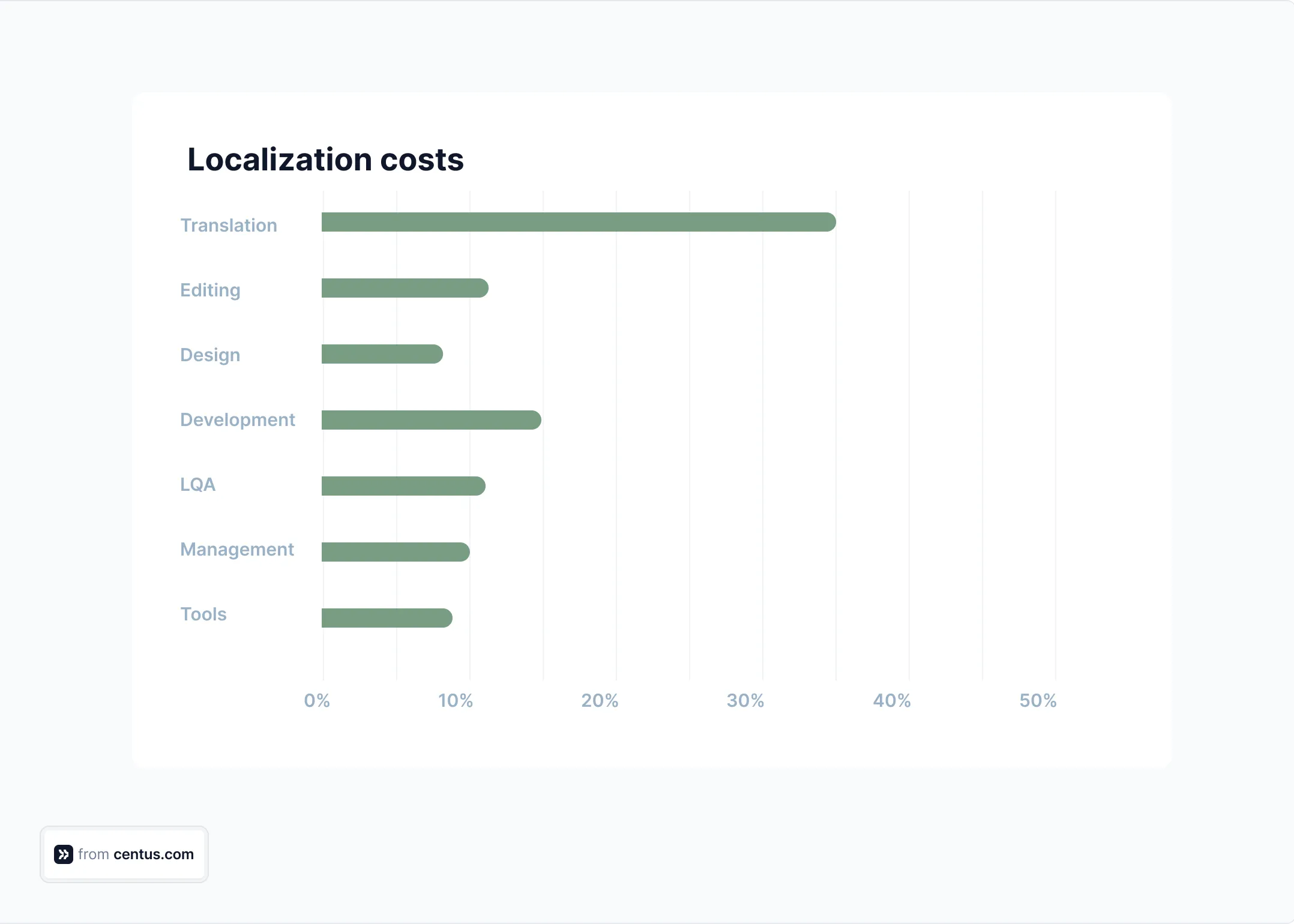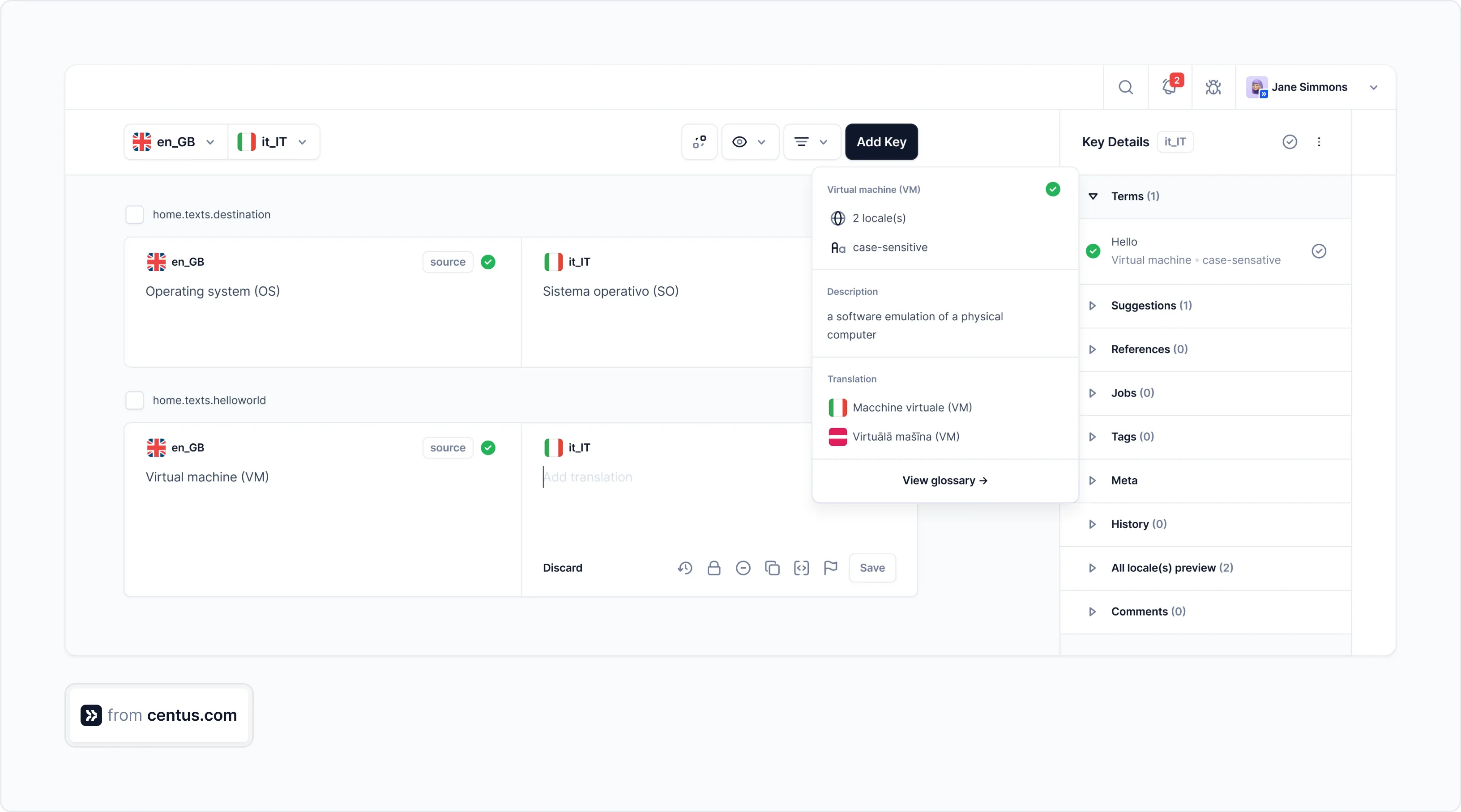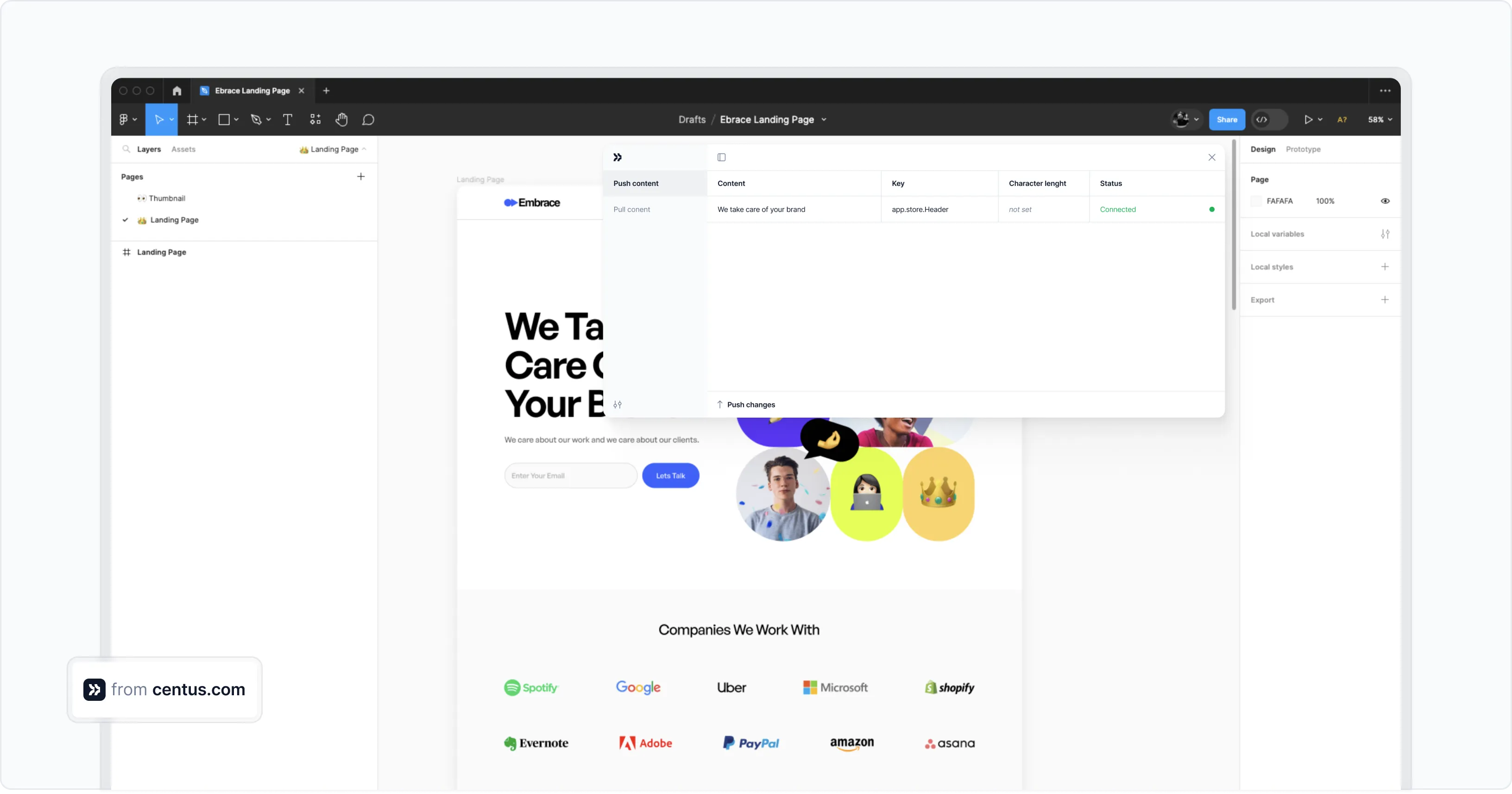How to Measure Localization ROI and Maximize Returns
For some companies, localization is a legal necessity. For others, it's a strategic move to boost revenue. If it’s the latter for your company, you need to measure the return on investment (ROI) from localization to justify the continued expenses.
Luckily, with some simple math and the right data points, measuring localization ROI is not that difficult. Let’s learn how to do it
What is localization ROI?
Localization ROI measures the return on investment from adapting content, products, or services for global markets. This metric evaluates how localization impacts revenue, customer engagement, and market expansion.
How to measure Localization ROI
Here’s the ROI formula for localization:
Localization ROI = [(value of localization - cost of localization)/cost of localization] * 100%
Simple, elegant, and exhaustive. Or is it 🤔?
How to calculate localization ROI
To calculate localization ROI, start by measuring the value of your localization investment.
Step 1: Calculate localization returns
Having seen countless customers localize their digital products with Centus, I can say two things with confidence:
- Localization does increase local sales revenue
- Localization does lower the cost of customer acquisition
So, if you want to speak a common language with your company’s decision-makers, you can’t go wrong by measuring these two metrics 👇
Local sales revenue
Local sales revenue = number of units sold locally x price per unit.
In Q1, you sold 50 subscriptions to French customers for $250 each.
Sales revenue = 50 x $250 = $12,500.
Cost of customer acquisition
Cost of local customer acquisition = total localization costs / number of customers acquired.
In Q1, you spent $5,000 on French localization and acquired 50 French customers.
Cost of local customer acquisition = $5,000 / 50 = $100 per customer
If before localization, the cost of customer acquisition for the French market exceeded $100, congrats—you’ve created a positive ROI.
As your company matures, you can add more metrics to your ROI on localization analysis.
Step 2: Calculate localization costs
After spending way too much time calculating localization costs, I’ve written this guide riddled with an obsessive number of slippery math slopes. The guide details how to calculate your localization expenses for video games, websites, software, and apps.
But since you’ve read this far, let me share a brief overview of localization costs.
For starters, here’s the visual overview:

To calculate your localization costs, break them down into key categories:
-
Translation and editing costs typically range from $0.07 to $0.25 per word, depending on the language.
Example: English to French - $0.07/word, English to Japanese - $0.25/word.
Editing costs usually range from $0.03 to $0.30 per word.
-
Design costs: localizing the design (e.g., adjusting layouts for RTL languages or new regional requirements) can cost anywhere from $500 to $5,000, depending on project size and complexity.
-
Development costs: implementing localization changes, like adapting code or integrating new design features, can range from $2,000 to $20,000, based on the scale of your product.
-
Localization Quality Assurance (LQA) is typically costs $50 to $150 per hour, depending on the language and complexity of the content. The cost can add up quickly if extensive testing is required.
-
Managerial costs: project management and oversight typically cost between $3,000 and $10,000 for larger localization projects, depending on the scope and duration of the localization process.
-
Localization management tools: tools like Centus can cost anywhere from $1,000 to $10,000 per month, depending on your team size and features required.
How to maximize localization ROI
You can keep localization costs under control while also enjoying a smooth localization workflow. How?
By using a localization management platform.
I won’t surprise you by using Centus platform as an example here. What might surprise you though is how simple and universal it is.
If you invest in a localization management platform, you’d rest easier knowing it can localize it all: websites, apps, software, and even video games.
Whatever you localize, Centus offers a simple editor where you can automatically translate your content:

That’s right: automatically. Simply use integrated Google Translate, Microsoft Translator, or DeepL to create batch translations. Your team can easily refine them later.
The result? Up to 90% time savings, with a 345% ROI.
To further reduce the cost of localization, use other time-saving features of Centus. Like glossary suggestions:

Third-party tool integrations:

Or translation memories.
Centus offers many more time- and money-saving features. Discover them all with a free trial!
Parting thoughts
Capture localization ROI in different ways. Start with the most obvious way to measure your return on localization investment—revenue. Then, add other metrics such as local leads or local customer cost acquisition.
If your localization ROI isn’t high enough or if you want to boost it further, use the localization management platform Centus. With it, you can run multiple localization projects at a minimum budget.
Happy localizing!
Get the week's best content!
By subscribing, you are agreeing to have your personal information managed in accordance with the terms of Centus Privacy Policy ->
Keep learning

8 min. read
Key Localization Challenges and Solutions in 2025

12 min. read
How to Build a Localization Workflow

12 min. read
Manual and Automated Localization Testing Explained
11 min. read
How to Build a Localization Strategy and Do it Right
7 min. read
Software Internationalization Best Practices for Developers
7 min. read